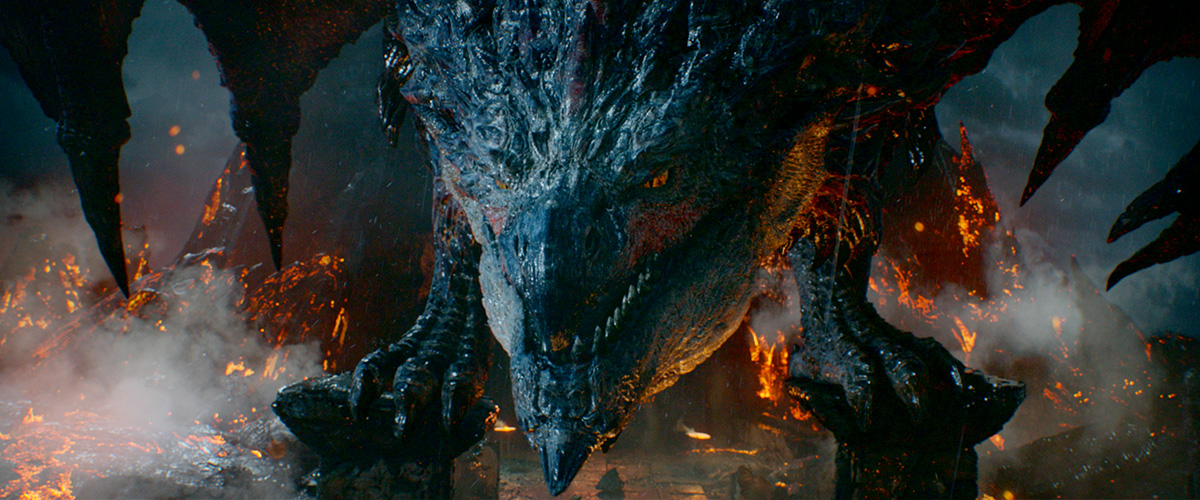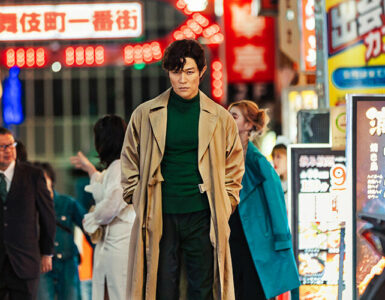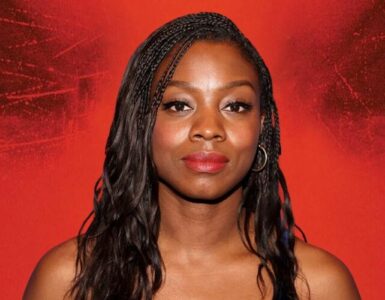If there’s a monster that needs to be tamed, controlled, controlled or hunted in Hollywood, who do you call?
The shortlist won’t be extensive, but no matter how you cut it, Paul W.S. Anderson’s name should be front and center of that list, given his rich history in successfully bringing the Resident Evil franchises to life in not one, two or three, but in six successful films starring Milla Jovovich.
With a combined gross of US$1.2 billion at the global box office, it’s no wonder that when Capcom and Sony wanted to bring another of Capcom’s highly rated and popular franchise, Monster Hunter, to worldwide audiences, both companies fell to the same husband and wife duo – Anderson and Jovovich – to bring some of their cinematic magic to the big screen again.
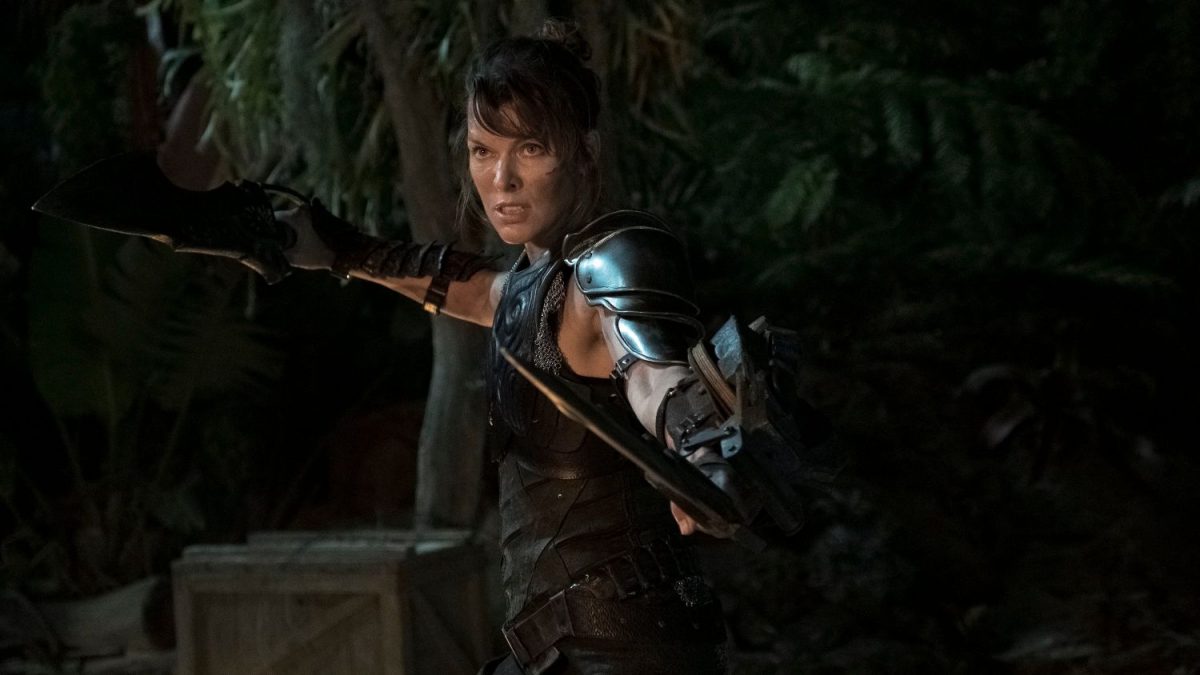
To Anderson though, this has been a love affair that has been 11 years in the making. Yes, some directors might have heard of the game but know nothing of the lore (Super Mario Bros. anyone?), while others can pick up a controller and learn about the game as they go along, but for this case, Anderson is more than just someone who has merely played the games to some capacity in preparation for the live-action adaptation – the game has been a major part of his life in all this time.
“[The Monster Hunter games] kicked my ass! But I had a real sense of wonder [while playing the games]. And I thought, that’s what I want to do with the movie,” the 55-year-old exclaims in an interview with Geek Culture.
But even with over a decade of experience with the Monster Hunter franchise, with an intimate knowledge of the games’ lore and monsters, all while working with the folks at Capcom closely to bring the games to life on the big screen, the journey to get to Dec, when the movie is slated to open, hasn’t been easy.
“We’ve always approached the adaptations we’ve done with a lot of passion and a lot of love. They’re movies that we’ve worked incredibly hard on and they’re worlds that I love. I loved Resident Evil, which is why we did the adaptation. I loved Monster Hunter, which is why we did the adaptation of that as well. I fell in love with Monster Hunter 11 years ago, and I first played the game in Japan, and so this movie has been a real labour of love.”
From the recent trailer, we see lead actress Jovovich, who plays Lt. Natalie Artemis, and co-star Tony Jaa, who plays The Hunter, taking on the likes of iconic monsters, such as the sand-burrowing Diablos and, and the fire-breathing Rathalos, in scintillating action sequences with vibrant and crisp visual effects. What’s interesting about the creative process behind Monster Hunter is that all filming is done on set, as opposed to a green screen, with the visual journey dominated by technology.
Naturally, the monsters and other visual effects themselves are added in post. For Anderson, the technology available to the crew was essential in ensuring that the film gets steeped in reality, without compromising on the fantasy elements of the games.
“I like to shoot everything as real as possible. So if it were permissible for me to breed giant monsters and train them to fight and film them for real, I would have done it. But because I’m not allowed to do that, I knew the monsters had to be CG. So I made the decision that if the monsters have to be CG, everything else in the movie has to be as real as possible. And I didn’t want to do what a lot of modern blockbusters do: they go into a backlot in the studio and shoot everything against a green screen. And I think it’s very hard to avoid things looking a little synthetic if you do that. I wanted to immerse the audience in a real world, so I felt I had to find some of the most striking landscapes on Earth. I couldn’t go and shoot there for real. And that’s what we did,” he explained.
The best part about the Monster Hunter games is that they feature a design that mirrors real life. This is especially true for the latest mainline entry in the franchise, Monster Hunter World. The 2018 game is by far the closest thing gamers got to real-life versions of the likes of the Rathalos and Diablos, so it was only natural for Anderson and company to use the renders of these creatures in the live-action movie.
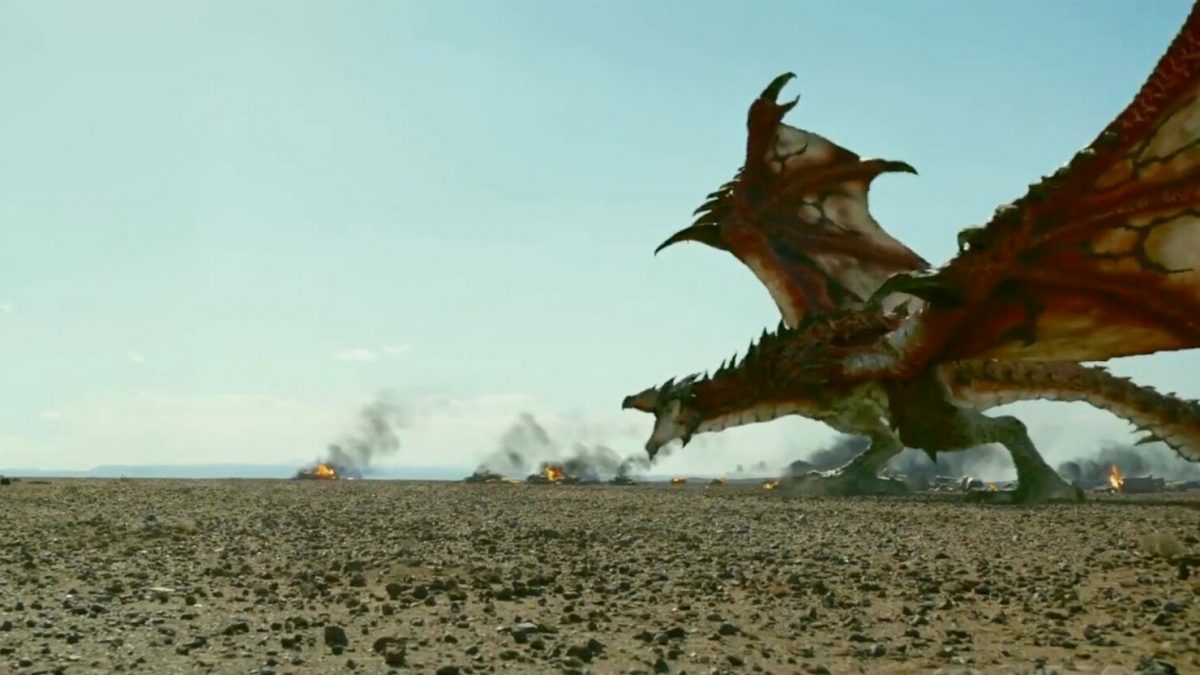
It also certainly helped that game series director Kaname Fujioka and producer Ryozo Tsujimoto were on board for the project as consultants, and gave Anderson and the CGI team the best possible direction and guidance they could get to get the best possible adaptation of the games.
“We wrapped the movie a year and a half ago. And the reason for the delay hasn’t really been COVID-related, because we’re only releasing like a couple of months later than we were going to. The reason why [finishing the movie] took so long was we spent a year and a half doing the visual effects for the movie. We didn’t rush the visual effects. I wanted the creatures to be the best possible creatures they could be. And I worked very closely with Tsujimoto-san and Fujioka-san to get the creatures 100% accurate. And then we labored for a year and a half to kind of do those visual effects. And I think the movie, as a result, really benefits from their care and attention.”
While many will be excited to see the monsters in (kinda) in the flesh duke it out on the big screen, there is also the understandable notion that adapting a video game for Hollywood will inevitably invite discussion from fans of the source material, and take any form of deviation as blasphemy. Anderson understands this wholeheartedly, having turned the Resident Evil movies into a franchise on their own. Older fans might also remember him as the director of Mortal Kombat (1995) which was his breakthrough in Hollywood.
“Sometimes, maybe the stories of the movies deviate slightly from the world of the video game, but they’re always made with a lot of respect for the video game. The fabric of the games is very much built into the DNA of the movie adaptations we’ve done, and especially in this movie, I would say more than any other movie I’ve done. This was an incredibly close collaboration between me and Fujioka-san and Tsujimoto-san, the director and producer of the games. I love the world they created in Monster Hunter, and [because] I just had a real sense of wonder when I first played it 11 years ago, I wanted to work very, very closely with them to bring their vision to the big screen.”
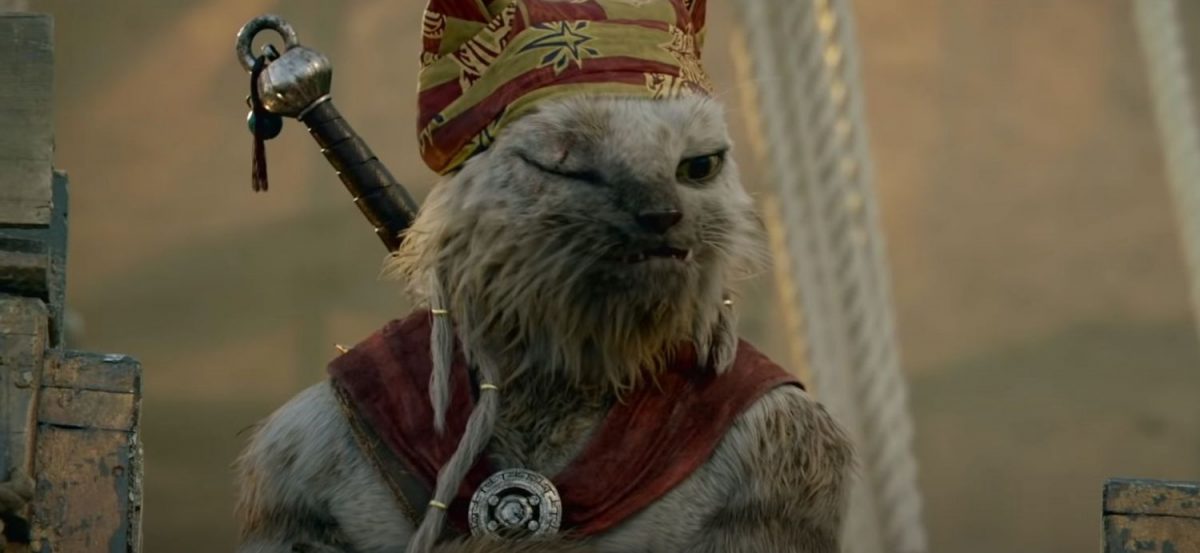
And just in case Monster Hunter purists may still feel some sense of apprehension, Anderson also dropped the bombshell that that the movie takes place canonically after the events of the Monster Hunter World: Iceborne expansion, If that isn’t enough to rile eager fans of the games on board the hype train, we don’t know what will.
“The movie is a sequel to Monster Hunter World, so it takes place after the events of Iceborne. So other than Milla’s character and her team, you’d recognise everybody else who’s in the movie from the games. The Admiral, The Handler, Lea, Aiden, the Meowscular Chef, even — they’re all taken directly from the game, as is a lot of the locations, so you’d recognise those in the movie as well.”
There are more game-centric easter eggs in the movie that Anderson teased during the interview, such as the inclusion of the bones of an Elder Dragon, which, for the uninitiated, sits at the apex of monster types in the games. Which Elder Dragon, though, Anderson was coy about, but his excitement about what we can expect to see in the movie was effervescent.
Anderson explains that the choice to intertwine the games into the movie’s narrative was deliberate, and it was a way to celebrate the gamers like himself who are well-versed in the franchise in its 15 years of existence. Also, with Monster Hunter World still very much relevant in the gaming space, even 2 years after launch, it was an “organic” decision to tie the movie in with the game.
“The idea of a real world character traveling to the Monster Hunter world was inspired by a crossover that Monster Hunter actually did with Metal Gear Solid several years ago, where you had Solid Snake [as a playable skin]. So you had ‘real-world’ military characters crossing over into the Monster Hunter world and being confronted by the creatures. And I thought that was a very organic approach for me to kind of take something that was already part of the games and use that as part of my adaptation.”
Having wrapped up a project that spanned over a decade, Anderson seems to cut a thoroughly satisfied, if not extremely satisfied, figure. Of all the projects that he has done, it seems none has fueled his geeky passion more than Monster Hunter, and he clearly has hopes that it will do well in the mainstream audience.
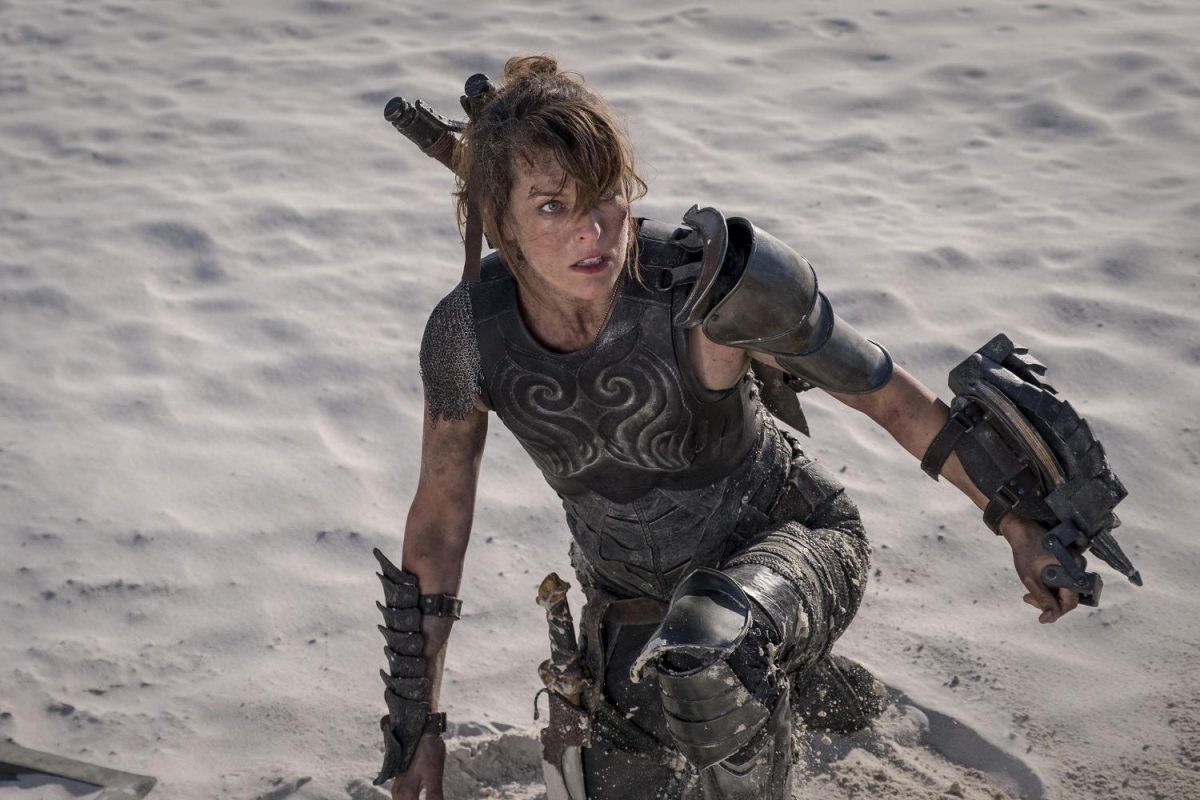
And depending on whether fans love it, he might just expand the film universe more, given how expansive the games already are. But that’s not on his mind just yet; what matters now is getting veteran fans of the games and non-fans alike to be enamoured with the vistas and the terrifyingly unique creatures that Monster Hunter has to offer, and walk away with a sense of awe and amazement.
“I think one of the things that I’ve always been impressed with about Japan is the strength of Japanese design. I think Japanese graphic design, like manga — it’s truly mind-blowing. And I think that really lends itself to these amazing creatures that they’ve created. I mean, that was one of the things that I was blown away by Monster Hunter, when I first saw it was these incredible creatures. We had some creatures in Resident Evil but not on the scale, and the scope, and the majesty of what these creatures were. I mean, it reminded me of movies that I loved, like Godzilla and King Kong and the Jurassic World movies,” said Anderson.
“But I love those movies already. And I already know what those creatures look like here was a universe of creatures that were on that level, but no one had ever really seen.”
Monster Hunter drops in cinemas on 30 December (31 December in the US).
Marion has a serious RPG addiction. Sometimes it bleeds into real life; he forgets to sleep because he thinks he has a Witcher’s body clock. Forgive him in advance if he suddenly blurts out terms such as “Mind Flayer” and “Magic Missile”, because never once does he stop thinking about his next Dungeons & Dragons game.

